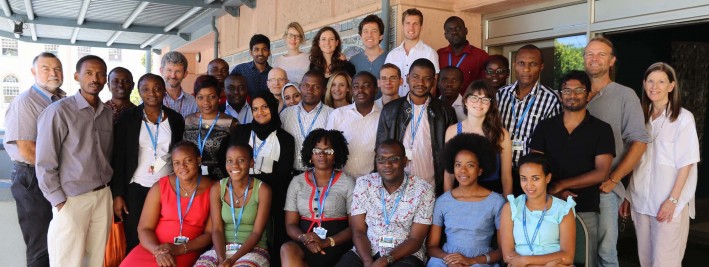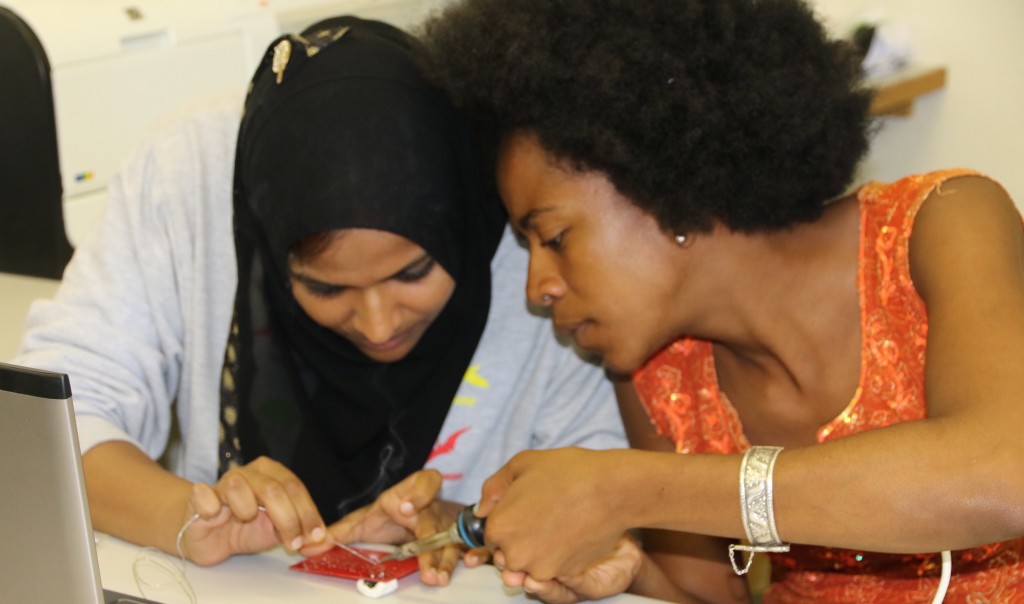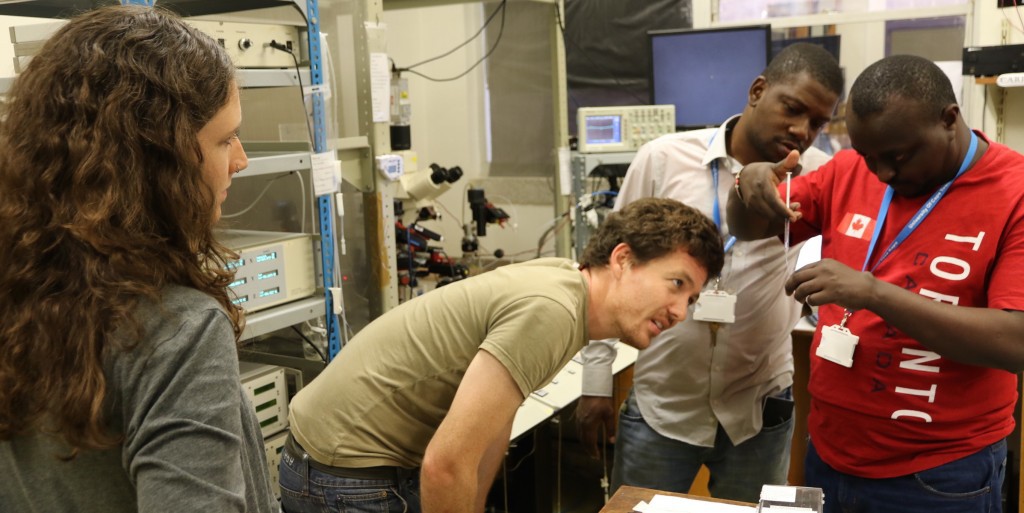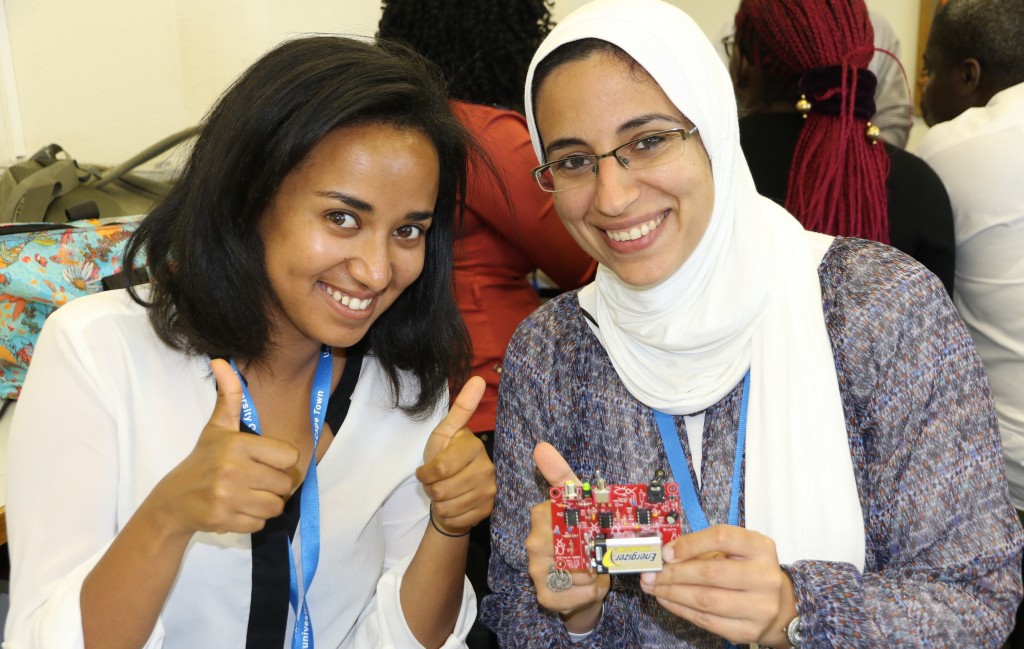 In December 2015 we helped host the IBRO-UCT African Advanced School on Epilepsy. This was the first school hosted by the new IBRO Centre for Advanced Neuroscience Schools at the University of Cape Town. The Raimondo Lab was responsible for organising and hosting the basic neuroscience component of the school.
In December 2015 we helped host the IBRO-UCT African Advanced School on Epilepsy. This was the first school hosted by the new IBRO Centre for Advanced Neuroscience Schools at the University of Cape Town. The Raimondo Lab was responsible for organising and hosting the basic neuroscience component of the school.
The first day of the basic neuroscience component included introductory lectures to the principles of neurophysiology which established the conceptual grounding for much of the advanced material presented in the remainder of the course. Topics included the basis of membrane potential, action potentials, the intrinsic properties of neurons and neurotransmission. This was followed by a hands on workshop where students were taught the NEURON simulation environment. This allowed them consolidate the material learnt earlier in the day and also be introduced to the premier technology and programming environment for creating neural simulations. Each student generated their own complex morphological simulation of a single neuron. The day was ended with some entertainment by one of South Africa’s premier slight of hand artists and illusionists – Stuart Lightbody.
On the second day students received a lecture on advanced brain imaging, which was followed by a practical session where they prepared brain slices for immunohistochemistry. In the afternoon, students were introduced to electronics and soldering. In groups of 2 they spent the afternoon building their own bioamplifiers (Backyard Brains Spikerboxes). This was a challenging task as electronics was unfamiliar to many of the students. This was an empowering exercise however as after 3 hours of burnt fingers and many destroyed components we had atleast 7 working amplifiers!
The following day students received a world-class introduction to advanced topics in the basic neuroscience of epilepsy delivered by Andrew Trevelyan of Newcastle University. They continued their immunohistochemistry practical by staining their brain slices. The afternoon was spent using the amplifiers built the previous day to record action potentials from the cockroach leg preparation. Students learned the concepts and techniques necessary to make extracellular recordings from neurons. Students worked in groups of two, where they had access to their own amplifier, laptop computer recording station. They used this experiment to explore rate coding in sensory systems. As a fun addition, students performed microstimulation of their cockroach legs using pop music.
The following three days saw students receiving two lectures in the morning followed by a daily rotation through one of three advanced practical sessions. The lecture topics included the anatomy of brain circuitry, models of seizure activity, network mechanisms in seizures, infectious causes of epilepsy, drosophila in the laboratory and ion dynamics in seizures. The practical sessions included hands on experience: 1) patch-clamping single neurons and making intracellular recordings during epileptiform activity. 2) performing interface chamber experiments to record field potentials during in vitro seizures. 3) performing confocal imaging of the immunohistochemistry tissue prepared during earlier days of the school.
The students engaged well especially since many of the techniques and concepts were unfamiliar. Although it is unlikely that students would have become experts in any of the techniques learned during the school (the duration was too short for this) they now know what is possible and how these techniques can be asked to answer important questions in epilepsy research.




